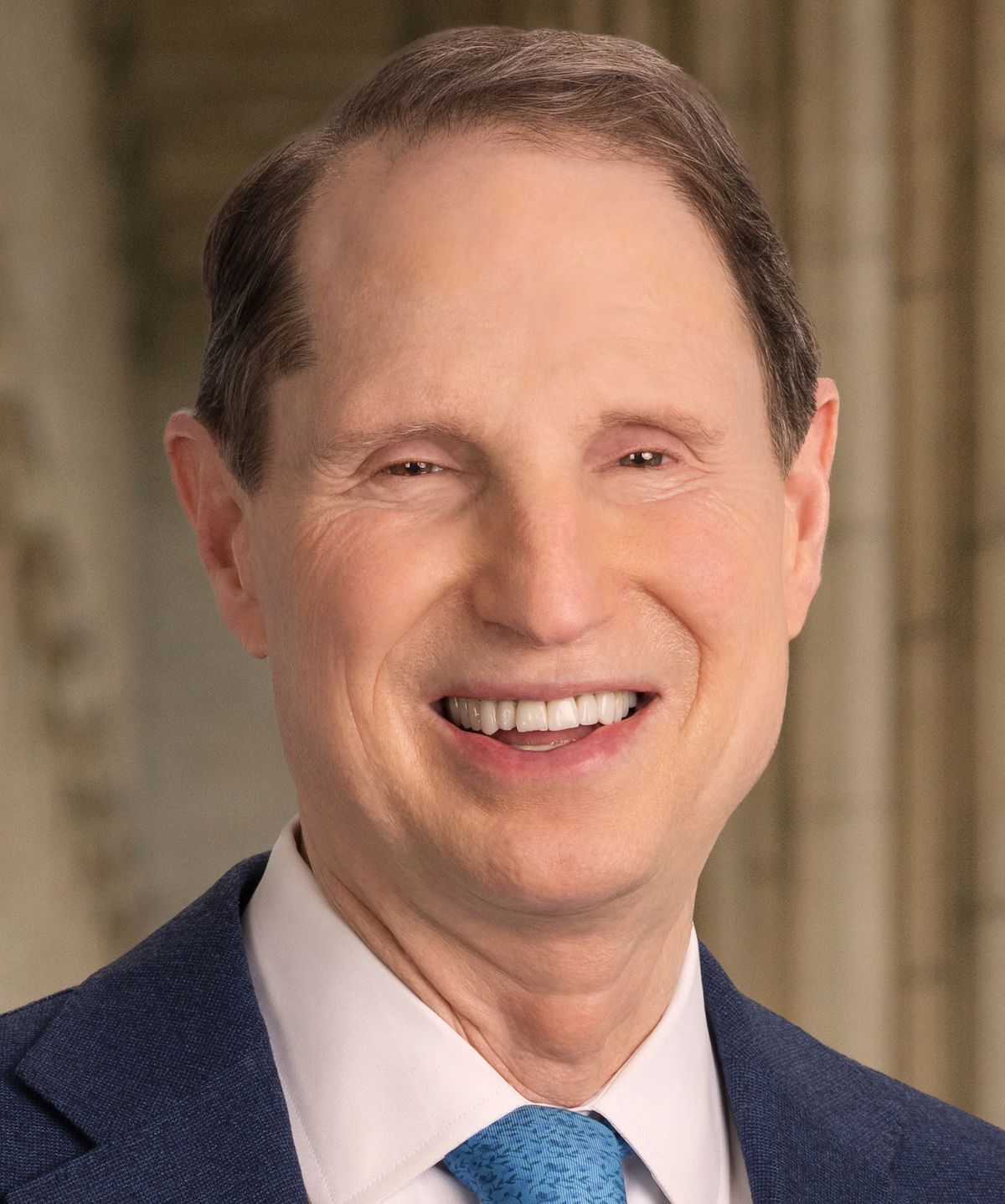Article
Make money with long/short funds
Your Money

Key Points
The term "hedge funds" often strikes fear into investors' hearts. Traditional hedge funds can be wildly speculative gambles in which investors pay superhigh fees and take huge risks. But today, many mainstream mutual funds use hedging techniques, which allow them to make money in both a rising and falling market. Their risk may be average or slightly below.
There's no denying the potential of these hedging mutual funds: In 2002, when the S&P 500 dropped over 22 percent, Hussman Strategic Growth Fund, a leader in this category, rewarded investors with a 14 percent return. Another winner, the Merger Fund, returned nearly 18 percent in 2000, a year the S&P 500 dropped over 9 percent.
These mutual funds borrow the long/short strategy used by hedge funds. Long/short fund managers divide their funds' assets into long positions-meaning they buy certain stocks expecting that they'll rise in value and can be sold at a gain-and short positions, a technique that allows managers to make a profit by anticipating a stock price decline, and then "selling short." (The short seller borrows shares of a stock whose price may drop and immediately sells them, betting that he'll be able to replace the borrowed shares with new ones bought at a lower price and pocket the difference.) A fund that's evenly divided between long and short positions is considered to be "market neutral."
Today's long/short mutual funds deserve your attention. Here's why:
These funds' primary goal is to achieve absolute positive returns every year. That's different from the traditional investing goal, which is relative-to beat an index. For example: If the S&P 500 was down 15 percent, and a traditional actively managed mutual fund dropped just 10 percent, on a relative basis, that fund beat the market by 5 percentage points. But on an absolute basis, the fund was still down 10 percent.
Long/short funds returned 7.3 percent over the last 10 years-with only slightly higher risk than a 10-year Treasury note, which now yields less than 5 percent. You buy them just like any other mutual fund, which means you don't need a high net worth to invest.
Basically, they'll insulate you against market declines. The best long/short funds diversify your portfolio while lessening the typical volatility of stocks. These funds' long-term standard deviation, which shows how widely their returns vary, is about one-third that of the overall market. It helps to understand what these funds can do by picturing a stock chart: while the S&P 500 shows jagged, pronounced ups and downs, the line for long/short mutual funds heads upwards on a much smoother course. They do have their downsides, however: When the broad stock market is having a banner year, long/short mutual fund investors won't share as much in the gains. In 2003, the S&P 500 returned nearly 29 percent while long/short funds overall gained just over 9 percent.
How much of your portfolio should you hold in long/short funds? I often recommend between 10 to 15 percent. The fund's expense ratio should be much lower than the group's recent 2.2 percent average, and have a manageable minimum investment requirement of $10,000 or less. The funds' annual returns should be in the black, or minimally in the red, even in steeply down market years.





